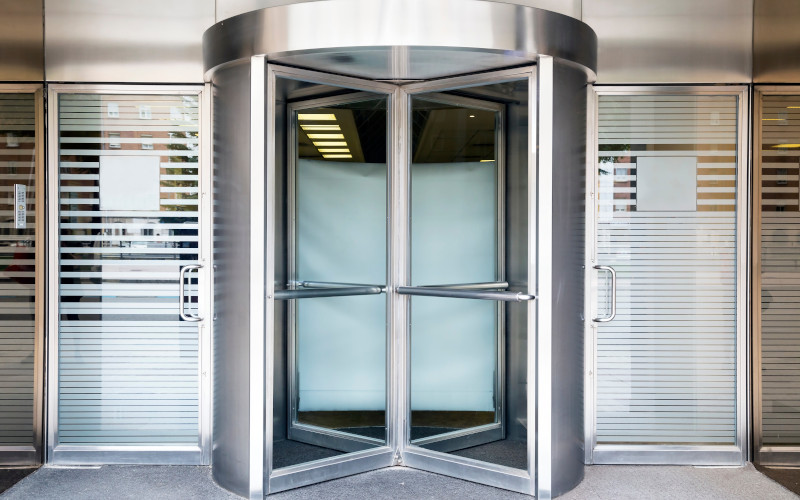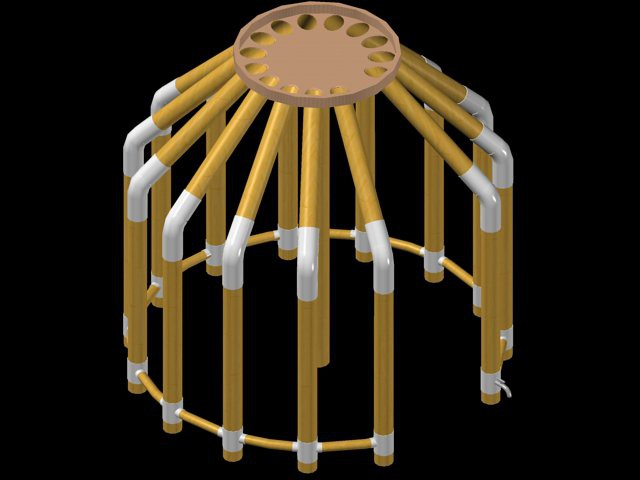Low-energy fluidic cells could shade and cool buildings dynamically
A large percentage of a building’s energy usage is consumed by heating and cooling, but a new dynamic shading system designed by researchers at the University of Toronto could help. Inspired by the skin of krill, the system uses cells of blooming pigme… Continue reading Low-energy fluidic cells could shade and cool buildings dynamically



